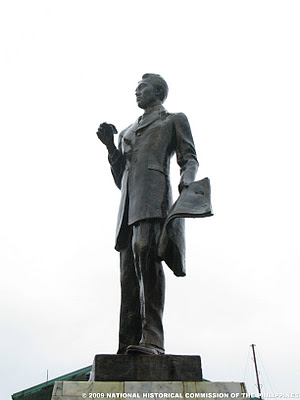|
Santa Cruz, Camarines Norte (other)
Santa Cruz is the name of three barangay A barangay (; abbreviated as Brgy. or Bgy.), historically referred to as barrio (abbreviated as Bo.), is the smallest administrative division in the Philippines and is the native Filipino term for a village, district, or ward. In metropolitan ...s in the Camarines Norte province: *Santa Cruz in Jose Panganiban *Santa Cruz in Labo *Santa Cruz in Talisay {{disambiguation ... [...More Info...] [...Related Items...] OR: [Wikipedia] [Google] [Baidu] |
Barangay
A barangay (; abbreviated as Brgy. or Bgy.), historically referred to as barrio (abbreviated as Bo.), is the smallest administrative division in the Philippines and is the native Filipino term for a village, district, or ward. In metropolitan areas, the term often refers to an inner city neighborhood, a suburb, or a suburban neighborhood or even a borough. The word ''barangay'' originated from ''balangay'', a type of boat used by a group of Austronesian peoples when they migrated to the Philippines. Municipalities and cities in the Philippines are politically subdivided into barangays, with the exception of the municipalities of Adams in Ilocos Norte and Kalayaan in Palawan, with each containing a single barangay. Barangays are sometimes informally subdivided into smaller areas called ''purok'' ( en, "wikt:zone, zone"), or barangay zones consisting of a cluster of houses for organizational purposes, and ''sitios'', which are territorial enclaves—usually rural—far from t ... [...More Info...] [...Related Items...] OR: [Wikipedia] [Google] [Baidu] |
Jose Panganiban, Camarines Norte
Jose Panganiban, officially the Municipality of Jose Panganiban ( tl, Bayan ng Jose Panganiban), is a 2nd class municipality in the province of Camarines Norte, Philippines. According to the 2020 census, it has a population of 63,662 people. The municipality was formerly known as Mambulao, a word taken from “''mambulawan'',” meaning bountiful in gold. It was renamed to honor José María Panganiban on December 1, 1934. Geography Barangays Jose Panganiban is politically subdivided into 27 barangays. Climate Climate in the Philippines is classified into four types. Camarines Norte's climate is classified under Type II, which is characterized by the absence of a dry season, with maximum rain period occurring between December to February, and minimum monthly rainfall occurring between March to May. The northeast monsoon moves mainly north and northeast trending to easterly towards the end of the season. Average temperature ranges from 20 degrees Celsius to 28.3 degrees Cel ... [...More Info...] [...Related Items...] OR: [Wikipedia] [Google] [Baidu] |
Labo, Camarines Norte
Labo, officially the Municipality of Labo ( tl, Bayan ng Labo), is a 1st class municipality in the province of Camarines Norte, Philippines. According to the 2020 census, it has a population of 109,245 people. Labo is from Daet and from Manila. Geography The town of Labo is geographically located relatively at the center of the province of Camarines Norte. It is approximately 335 kilometers south of Manila and 15 kilometers away from Daet, the capital town of the province. It is situated at the coordinates between 14°01'06" and 14°11" North latitudes and 122°21'00" and 122°52'20" East longitudes. On the North, it is bounded by the municipalities of Paracale, Jose Panganiban, and Capalonga, on the South, by the province of Quezon, adjoining province of Camarines Sur, on the East by the municipalities of Vinzons and San Vicente, and on the West by the municipality of Santa Elena. The Maharlika highway links this municipality to provinces and cities of the Bicol Region and ... [...More Info...] [...Related Items...] OR: [Wikipedia] [Google] [Baidu] |

